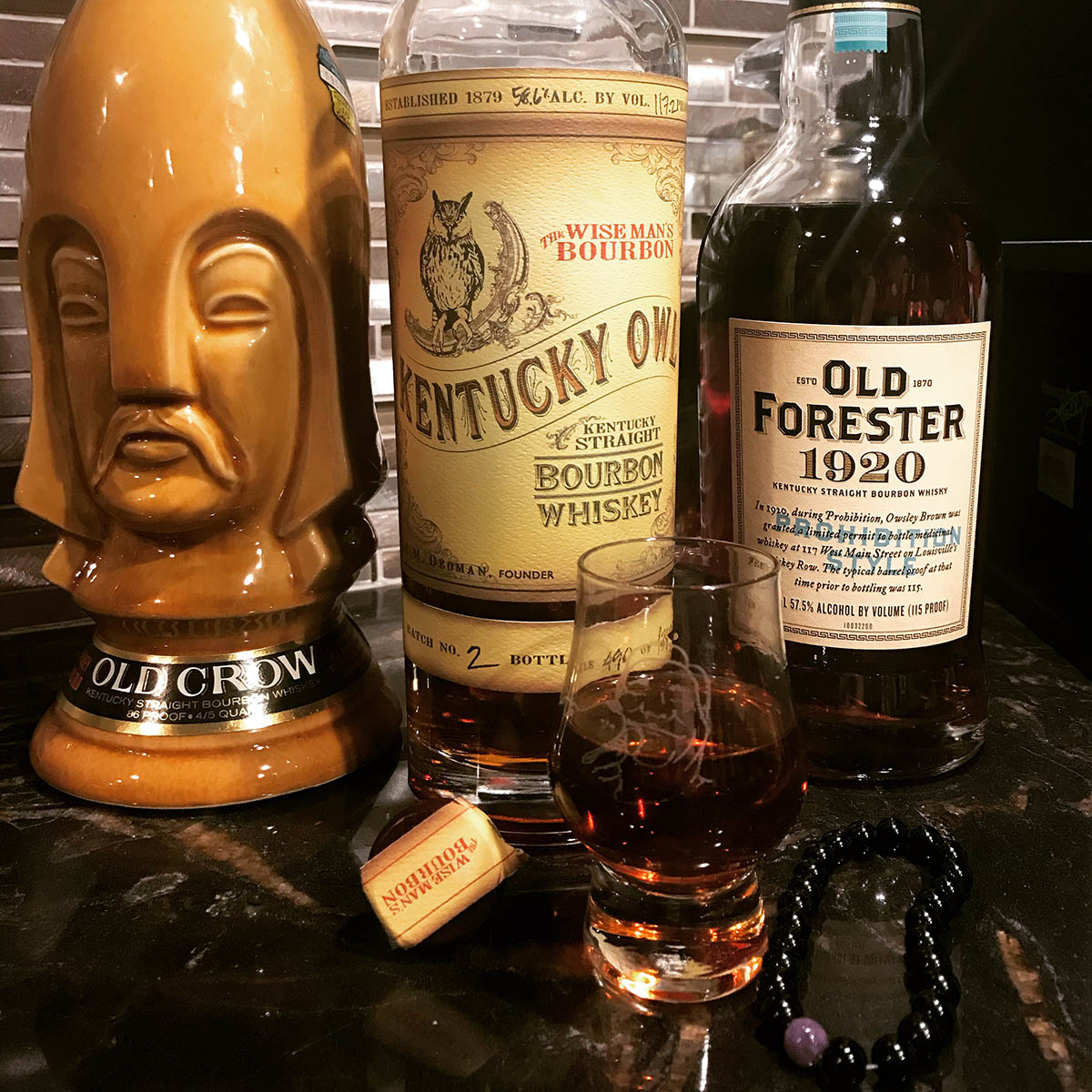Our Great-grandparents knew the value of social marketing long before we did
Here’s a radical thought, social networking, social influence and social media are not new, only their vehicles and tools of engagement have evolved.
My first experience with a social marketing and CRM genius came almost 30 years ago. He was a simple cobbler and shoe salesman but everyone knew of him and he had an uncanny ability to remember every little detail about the people he met. Sure he knew their names, their birthdays, children’s names and other demographic information but it was much deeper than that. He knew them and understood them. He mastered the art of listening and as such he knew what made his customers tick. Often I would go to his store and he wouldn’t say very much but he had a way of asking questions and getting people to talk with him, they were almost willing to share information. On future visits he would recall what they spoke about, ask a couple questions and people were talking even more. People wanted to buy from him and many times while visiting others, I would hear people going out of their way to talk about him and his store and recommend his shoes and services whenever possible. They were his ambassadors; he never asked for people to talk about him but everyone believed in what he provided and openly shared their experiences with others. As larger shoe retailers continued to grow, this word of mouth evangelism helped his store prosper. I could easily be convinced he was a founder of social marketing and CRM however that is how true sales people worked for many generations. As marketers and social evangelists, isn’t this the type of marketing we strive to achieve and avocation we hope to accomplish within the current digital space?
Over the centuries many marketing methodologies have evolved from one to one, one to many (personal and observed), observed many to many, mass one to many, many to many (initial social media) and now many to many with influencers.
Although these methodologies and vehicles for them have changed over the years, all of these methods are still in use today. Here are some examples of each and how they have been and are still used.
- One to one – These are the traditional personal sales model where one person or brand interacts directly with a customer one at a time in order to convert them into a transaction. For many sales channels this process will remain however the method of acquiring leads for this process is impacted by many of the others listed here.
- One to many – This channel has evolved much over the centuries. Liken this to the traveling sales person whom in ancient Rome gathering masses to sell miracle cures to the modern times with sales seminars and webinars. These have a personal approach and interaction with the sales person but also many focus groups operate in a similar fashion when driven by a singular representation of a brand.
- Observed Many to Many – Focus groups and various consumer segments have evolved over time allowing marketers and brands to monitor what consumers do when left amongst themselves to discuss, dissect, embrace or destroy a product. Almost 20 years ago, long before Facebook, twitter and LinkedIn, many pioneering brands used this methodology to observe consumers within the digital space using chatrooms, online forums and bulletin board systems.
- Mass One to Many – It began with direct mail and evolved when digital variable printing and broadcast email leveled the playing field for all brands leading to the growth of CRM in the mid 90’s. With their onset, brands can easily tailor a communication campaign to customers with personalized information about each of their consumers. This one to many approach reduced costs and, for some time, allows brands to connect in a more personal level with each individual. If not fostered and embraced, consumers quickly become aware of the brand’s tactics and often this approach can have a more negative than positive impact.
- Many to Many – As social platforms continued to evolve around 2006, consumers gained control in voicing their opinions, both good and bad about brands. Facebook, LinkedIn, Twitter, MySpace and others opened the door to the social conscious and brands realized their communication vehicles were evolving and the power of consumer avocation was greater than the largest advertising budgets. Brands had to evolve and learn to listen and not just speak.
- Many to Many with influencers – As the social space continues to evolve, brands who have been come effective within the medium have not only learned how to listen, they have identified their ambassadors across multiple pricing levels, ethnicities and geographic boundaries. By embracing these ambassadors, engaging in their dialog and encouraging them to advocate on behalf of the brand, both good and bad, brands are learning to elevate their awareness of their brand, services, new product launches and public relation and customer service issues on a mass, grass-roots level.
The value to a brand and marketers is listening to our customers, understanding who they are, where they reside, what they like and dislike, and not only how they prefer to be communicated with but what information can share about our brands to engage and inspire them to advocate. Often, many of the marketing techniques above must be simultaneously deployed in order to capture the attention of consumers and foster their avocation. The lesson I learned long ago is this must begin with listening and hearing our customers.


